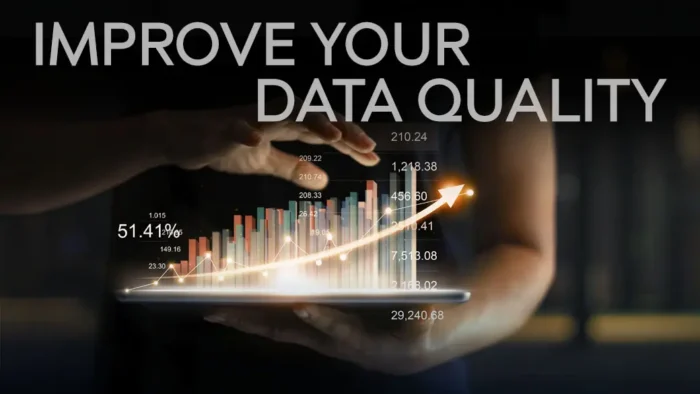Data observability is the practice of monitoring and maintaining data quality, accuracy, and availability. It is crucial for organizations looking to drive innovation and make better data-driven decisions. With the growing amount of data enterprises generate and use, data observability has become an essential component of data management strategies. You can learn more about data observability on this page here. If you want to learn more, this blog post will explore how companies can leverage data observability to drive innovation across their enterprise.
1. Increasing Data Quality

Data observability enables organizations to improve the quality of their data. Businesses can identify errors, inconsistencies, or anomalies that could lead to poor data quality by monitoring their data pipelines. Without high-quality data, making accurate predictions, building reliable models, or gaining insights into customer behavior is complex. By using data observability tools and techniques, businesses can eliminate data errors and improve the reliability of their data.
2. Ensuring Data Accuracy
Another critical aspect of data observability is ensuring data accuracy. By tracking data from its source to its destination, businesses can ensure that it remains accurate throughout its lifecycle. Data accuracy is crucial for making informed business decisions. With the help of data observability, organizations can quickly identify problems or errors in their data pipelines and take action to rectify them before they become significant issues.
3. Enhancing Data Availability

Data observability is also essential for ensuring data availability. With the growing amount of data businesses generate, ensuring data availability for the right people at the right time is critical. By identifying potential bottlenecks, companies can ensure that data remains available as and when required. Data availability enables businesses to take quick actions, make informed decisions, and respond to market changes more effectively.
4. Improving Productivity
With high-quality, accurate, available data, it is possible to have improved productivity across the organization. Data observability helps to reduce the time and effort required to validate data, locate errors, and rectify problems. It allows for better data usage, which can potentially unlock new opportunities that can propel company growth and promote innovation in the organization.
5. Reducing Costs

Leveraging data observability can help businesses reduce the cost of managing and maintaining their data pipelines. Doing so can help identify areas where resources are being wasted, allowing business to use their resources more efficiently. This improves cost efficiency and reduces operational costs.
6. Enhancing Customer Experience
Data observability can help organizations improve their customer experience. With it. businesses can ensure that the data used for customer-facing applications and services remain up-to-date and accurate. This leads to a better user experience, as customers are being served with relevant and trustworthy information.
7. Unlocking New Insights

Finally, data observability can help organizations to unlock new insights from their data. By monitoring data pipelines, businesses can quickly identify emerging trends or anomalies in the data and use them to gain a competitive advantage. Companies can develop innovative solutions that drive growth and success with improved visibility into their data.
8. Driving Innovation
Finally, data observability is critical in driving innovation across the enterprise. Using data analytics and machine learning techniques, businesses can leverage their data to gain insights into customer behaviors, identify new market opportunities, and optimize business processes. With data observability, companies can ensure they always have the correct data in a valid format and time to maximize their innovation potential.
Final Thoughts
In conclusion, data observability is crucial for businesses looking to drive innovation and make informed decisions. By monitoring data quality, accuracy, and availability, companies can ensure that they always have reliable data to base their decisions on. With the help of data observability techniques and tools, businesses can improve their productivity, enhance their competitiveness, and unlock new opportunities for growth and innovation. So, if you’re not already using data observability as part of your data management strategy, this page here encourages you to start now!





